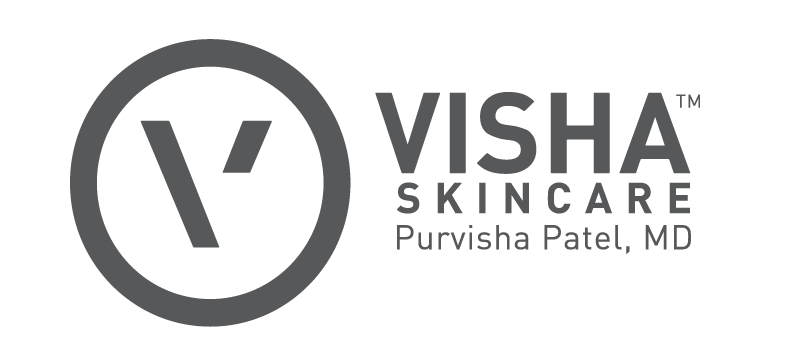
Well and Good posted "This Moisturizer Map Breaks Down The Best Face Creams For Each Skin Type" featuring Dr. Purvisha Patel and Visha Skincare.
Browsing the beauty shelves (literally or virtually), you’ve probably noticed that there’s not just one type of moisturizer out there. There’s basically a whole world of moisturizer varieties, and they can be quite confusing to sort out. But not anymore. We’ve turned to dermatologists to find just the right one for every type of skin.
What you should know about facial moisturizers
Essentially, facial moisturizers fall into three general categories: humectants, occlusives, and emollients. “Humectants absorb water and draw moisture into the top layer of the skin, occlusives occlude (or close up) the top layer of skin to prevent water loss, and emollients fill the cracks in the skin to protect it and trap in moisture,” says Purvisha Patel, MD, a board-certified dermatologist and founder of Visha Skincare. Each group is typically better for one or two general skin types.There’s also another thing to consider: Whether your moisturizer is water-based or oil-based. “Water-based [moisturizers] are a lighter-weight texture, while oil-based [moisturizers] feel thicker and creamier to the touch and are meant for drier skin,” says Nina Soriano, esthetician and celebrity makeup artist.
The problem with picking a moisturizer at random—and not finding one for your skin type—lies in how your complexion reacts to the product. “A few things can happen. One is that you can have some sort of contact allergy from what’s in the moisturizer,” says Nazanin Saedi, MD, a board-certified dermatologist. “So if you have sensitive skin and you use something with a lot of fragrance, it can give you a rash or contact dermatitis. Or you can break out into acne, which can happen if your skin is acne-prone and you use a moisturizer that clog the pores.” Also, using the wrong moisturizer for your skin type can simply not give your skin moisture. Dr. Patel says that dry skin types that use a humectant without an emollient may not feel hydrated. “If you have oily skin and use something too thick or an occlusive, you could break out more or feel too greasy,” she says.
Keep scrolling for the down-low on all of the different moisturizer types plus which skin types they work best with.
Types of facial moisturizers
1. Humectant moisturizers
Under this category are gel-creams, hydro-gels, oil-free moisturizers, and any cream that has “water” or “aqua” as its first listed ingredient—these are humectants that draw moisture in. These are generally on the thin side of moisturizers when it comes to texture. “These absorb very quickly, which is nice for oily skin particularly, because the last thing you want to do for oily skin is pack on something thick that will clog pores,” says Dr. Saedi. Though it’s great for complexions on the oily side, she notes that they actually work for everyone. “They’re especially good for summertime because they’re so light,” she says. These are often also formulated with hyaluronic acid, aka the all-star hydrating ingredient you know and love.2. Emollient moisturizers
Emollients are your richer creams and balms. “Creams that are emollients are really good for dry skin, as they’re a little bit thicker,” says Dr. Saedi. “These help to smooth out the surface of the skin and repair the skin barrier that’s compromised.” Common emollients are cocoa butter, shea butter, oils like olive oil, or colloidal oatmeal, explains Dr. Patel, who adds that these are typically targeted towards those with fine lines and wrinkles.
3. Occlusive moisturizers
Occlusive moisturizers are the deepest hydrating option for your skin, and work to trap in water with their thick texture and occlusive ingredients. “Examples of occlusives are avocado oil, lanolin, and rosehip oil,” says Dr. Patel, who recommends using these if you have extra dry skin or skin that’s inflamed (paired with a humectant, in this case). These are extra creamy in texture and really work to hydrate dehydrated complexions, as well as repair a damaged skin barrier.
